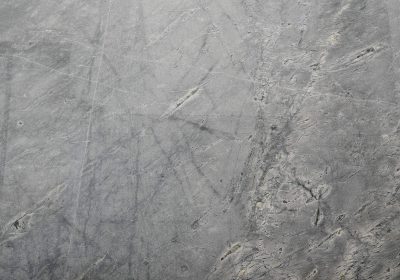Pressure Washers – What You Need To Know
What Is a Pressure Washer?
A pressure washer (also called a high‑pressure cleaner) uses a pump to increase water pressure and eject it through a nozzle. The intense stream loosens dirt, mould and stains from surfaces like driveways, patios and paths. Some washers have adjustable pressure settings and interchangeable nozzles to change spray patterns. Models range from small electric units producing around 1,500–2,000 pounds per square inch (PSI) to powerful petrol units exceeding 3,000 PSI.

Concrete Cleaning with a Surface Cleaner” by Sherapower99 is licensed under CC BY‑SA 4.0 and can be found at https://commons.wikimedia.org/wiki/File:Concrete_Cleaning_with_a_Surface_Cleaner.jpg
Uses and Applications
Homeowners find pressure washers handy for many tasks:
- Cleaning concrete driveways and paths: Over time, concrete accumulates grime, tyre marks, algae and moss. A pressure washer quickly removes these contaminants, restoring a bright surface without harsh chemicals.
- Preparing surfaces for sealing or painting: If you plan to seal your driveway or paint an exterior wall, washing first removes dirt and chalky residue so coatings can adhere properly.
- Removing stains: Oil leaks from vehicles, tannin stains from leaves or bird droppings can be tackled with a pressure washer. A detergent designed for pressure washers may be added to the intake for better results on stubborn stains.
- Cleaning retaining walls and fences: Brick or block walls that have green growth or efflorescence benefit from a pressure wash.
- Washing outdoor furniture, BBQs and decking: With the right nozzle and lower pressure, you can wash timber decks or outdoor furniture without damage.
What to Look for When Hiring
- Pressure rating (PSI) and flow rate (litres per minute): Higher pressure removes tough stains faster but increases the risk of damage. For concrete surfaces, around 2,000–3,000 PSI is usually sufficient. A flow rate of around 7–10 litres per minute provides a good balance of cleaning power and water conservation.
- Power source: Electric pressure washers are quieter and lighter, ideal for smaller tasks with access to an outdoor power point. Petrol models offer higher pressure and mobility but require fuelling and produce exhaust.
- Adjustable nozzles and attachments: Different nozzles create various spray patterns. A 0° nozzle delivers a very narrow, powerful stream and can etch surfaces if misused; a 15° or 25° nozzle spreads the water for general cleaning; and a 40° nozzle is gentle for delicate surfaces. Some washers also come with surface cleaners—spinning discs that clean large flat areas more evenly.
- Hose length and reel: A longer hose means fewer moves and reduces the risk of pulling the machine accidentally. An integrated hose reel keeps things tidy and reduces kinking.
- Detergent injection: Some machines have a detergent tank or downstream injector to mix cleaning solutions into the water stream. Ensure any detergent you use is suitable for your washer and safe for concrete.
- Safety features: Look for units with thermal protection to prevent overheating, a trigger lock to avoid accidental spraying and ground‑fault interrupters (RCDs) on electric models.
Tips for Using a Pressure Washer
• Avoid damaging surfaces: Start with a wide‑angle nozzle and stand at least 3–4 feet (about a metre) from the surface. Test the pressure in an inconspicuous area. You can move closer or switch to a narrower nozzle if needed. High pressure can chip concrete or erode mortar joints.
• Use appropriate detergent: Some stains (oil, rust) require a cleaner formulated for concrete. Apply the detergent, allow it to dwell for several minutes, then rinse with high pressure.
• Move methodically: Clean in overlapping strokes, similar to mowing a lawn. Work from the high end of a slope to avoid streaks and puddles.
• Be mindful of water run‑off: In many Australian jurisdictions, directing water (especially with detergent) into stormwater drains is prohibited. Collect or redirect dirty water onto your own property.
• Safety gear: Wear protective footwear, long pants and eye protection. Never aim the spray at people, pets or electrical components. Petrol models should only be used outdoors.
Example Scenario
Your driveway has become dark and slippery due to mould and moss, particularly after a wet Queensland winter. You decide to hire an electric pressure washer rated at 2,500 PSI with a 25° nozzle. After sweeping loose debris and applying an environmentally friendly driveway cleaner, you work your way from the top of the slope to the street, overlapping each pass. Within two hours your driveway looks like new. You rinse off residual detergent and allow the surface to dry fully before applying a penetrating sealer to reduce future growth.


